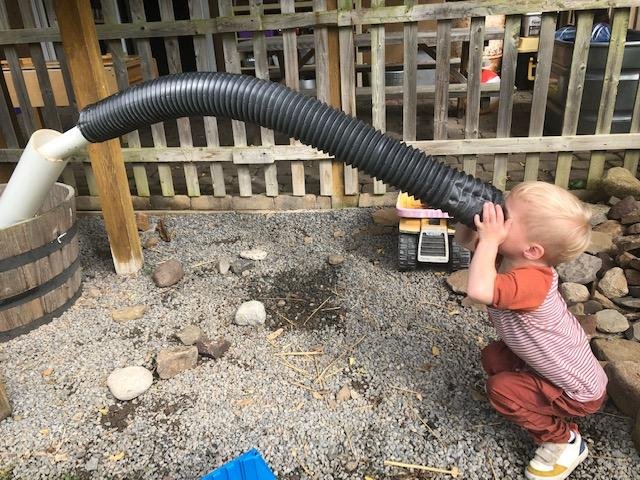
The Reggio Emilia Approach
“To be in the full embodiment of serving children you must meet them where they are.”
History of the Reggio Emilia Approach.
The schools of Reggio Emilia derives its name from place of origin, a northern city located in Emilia Romagna, Northern Italy. These schools were built after World War II by a collaboration of parents lead by the founder of the Reggio Emilia Approach, Loris Malaguzzi. A small amount of government funding was given to each town in Italy after the war to use in any way seen fit to restore the sense of community. Malaguzzi believed that young children were contributors to society and saw them as an investment in the future. Malaguzzi and parents worked together in building a foundation that fosters childrens intellectual development through a process of allowing children to explore their environment, express their understandings while educators are involved scaffolding with the child(ren).
The Reggio Emilia Approach
“Creativity becomes more visible when adults try to be more attentive to the cognitive processes of children than to the results they achieve in various fields of doing and understanding.”
— Loris Malaguzzi
“Stand aside for a while and leave room for learning, observe carefully what children do, and then, if you have understood well, perhaps teaching will be different from before.”
— Loris Malaguzzi
“Learning and teaching should not stand on opposite banks and just watch the river flow by; instead, they should embark together on a journey down the water. Through an active, reciprocal exchange, teaching can strengthen learning how to learn.”






